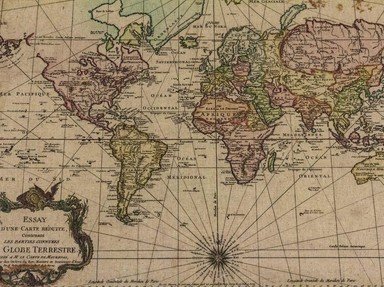Quiz Answer Key and Fun Facts
1. The stately city formerly known as Vindobona is now renowned for its music, grand balls, and delicious coffee and cakes.
2. The former Aquae Sulis became a popular resort in the Regency and Victorian eras, and one of Jane Austen's favourite settings.
3. Perhaps not surprisingly, in modern times the customs station of Turicum has become a major financial centre.
4. The modern-day incarnation of Hispalis is well known for its passionate dances and superb Moorish architecture.
5. France's third-largest city, a mecca for food lovers as well as an industrial hub, once bore the name of Lugdunum.
6. This relatively small but pretty Central European capital was originally a military camp named Emona.
7. Cars, sports and snow-capped mountains are only a few of the attractions you will find in the erstwhile Augusta Taurinorum.
8. The spiritual leader of an important Christian denomination is associated with the city once known as Durovernum Cantiacorum.
9. The first movable-type printing press was invented in the former Roman stronghold of Mogontiacum.
10. Though not originally founded by the Romans, Ulpia Serdica - now an Eastern European capital - acquired importance under them.
Source: Author
LadyNym
This quiz was reviewed by FunTrivia editor
agony before going online.
Any errors found in FunTrivia content are routinely corrected through our feedback system.
